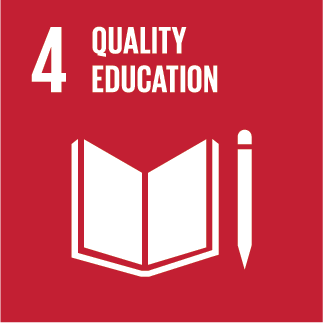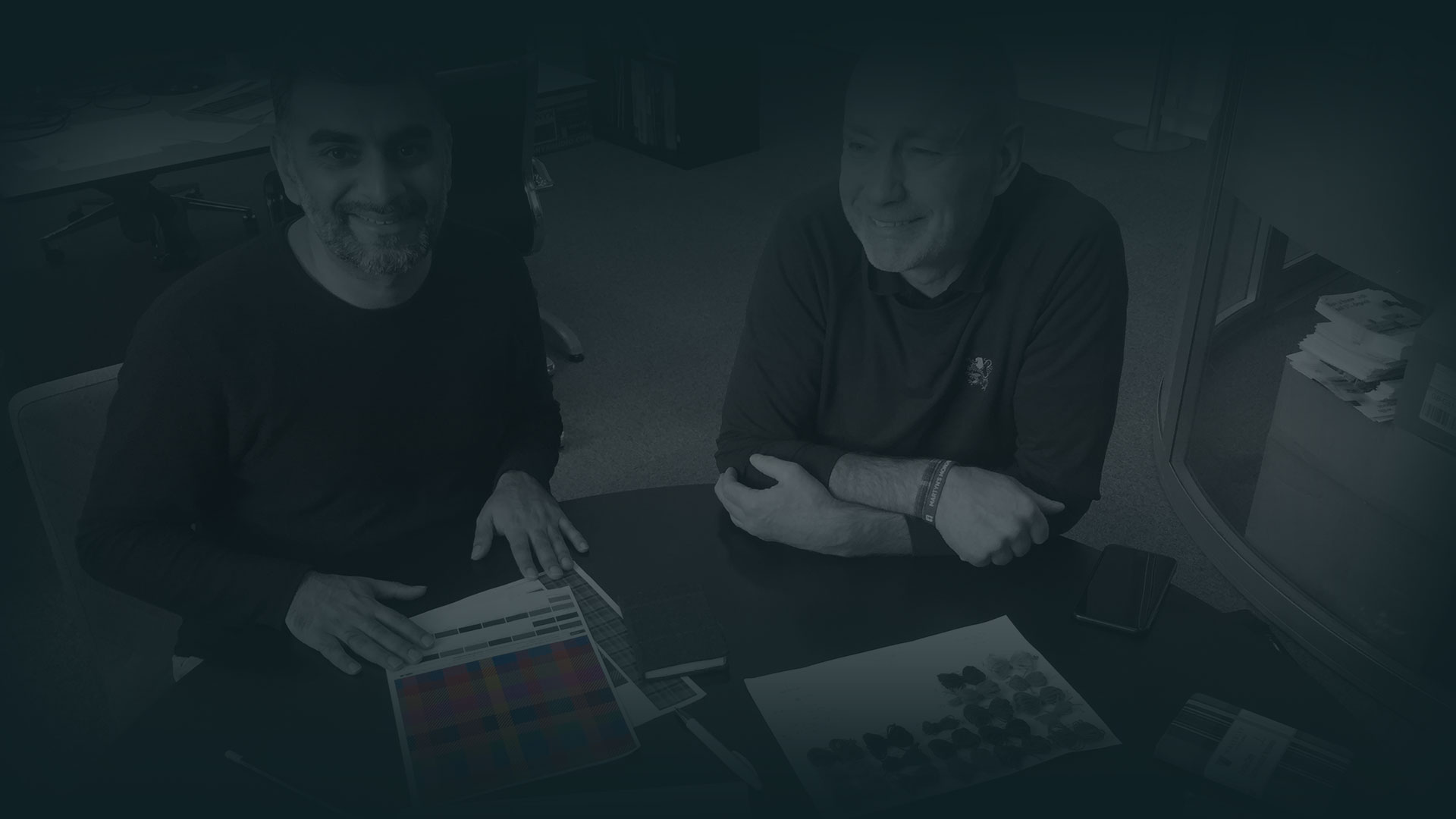The Story
The connection between the SDGs and Scotland inspired us to create the world’s first SDG Tartan. This project aims to promote the SDGs in Scotland and worldwide by creating an easily recognised visual symbol, which also clearly links to Scottish culture and history by using a tartan. Tartan is an important symbol in Scotland, and it is also the perfect metaphor for the importance of looking at the SDGs as an interconnected unit, rather than looking at each SDG individually.

Clothing & Accessories

Furniture

Corporate

Commissions

Boutique
Why a Tartan?
Tartan has a rich history in Scotland and is an important symbol of Scottish culture and traditions. For that reason, it was also banned by the Dress Act of 1746 in attempt to strengthen government control in Scotland. After the act was repealed in 1782, tartan highland dress was adopted as a national dress of Scotland. The strong historical link between Scottish culture and tartan is why we chose it as a symbol for Scotland’s dedication to the SDGs.
The SDG Tartan
The tartan uses all 17 colours of the SDGs. The colours for the tartan were carefully chosen: the thicker horizontal stripes are the for the SDGs representing the biosphere – SDG6, SDG13, SDG14, SDG15. They are horizontal as they are the fundamental basis for all the other SDGs that cut across them. The thicker vertical stripes represent SDG8 – the SDG most important for financial services, SDG10 – the favourite SDG of Scotland’s First Minister, and SDG17 – representing the importance of partnerships globally and for achieving the aims of the Global Ethical Finance Initiative
The Colours
Hover the stripes to see the colour structure

SDG13

Take urgent action to combat climate change and its impacts
SDG15

Protect, restore and promote sustainable use of terrestrial ecosystems, sustainably manage forests, combat desertification, and halt and reverse land degradation and halt biodiversity loss
SDG4

Ensure inclusive and equitable quality education and promote lifelong learning opportunities for all
SDG6

Ensure availability and sustainable management of water and sanitation for all
SDG12

Ensure sustainable consumption and production patterns
SDG11

Make cities and human settlements inclusive, safe, resilient and sustainable
SDG14

Conserve and sustainably use the oceans, seas and marine resources for sustainable development
SDG1

End poverty in all its forms everywhere
SDG17

Strengthen the means of implementation and revitalize the global partnership for sustainable development
SDG9

Build resilient infrastructure, promote inclusive and sustainable industrialization and foster innovation
SDG2

End hunger, achieve food security and improved nutrition and promote sustainable agriculture
SDG16

Promote peaceful and inclusive societies for sustainable development, provide access to justice for all and build effective, accountable and inclusive institutions at all levels
SDG10

Reduce inequality within and among countries
SDG3

Ensure healthy lives and promote well-being for all at all ages
SDG7

Ensure access to affordable, reliable, sustainable and modern energy for all
SDG8

Promote sustained, inclusive and sustainable economic growth, full and productive employment and decent work for all
SDG5

Achieve gender equality and empower all women and girls
What are the SDGs?
The Sustainable Development Goals are a collection of 17 global goals to achieve a better and more sustainable future for all. They were set by United Nations General Assembly in 2015 as Goals to be delivered by the year 2030 and are seen as the successor to the Millennium Development Goals. Each of the goal targets a different challenge, but all of them are interconnected and often the key to success on one will require solving issues usually associated with another. For more information click here.



Why it matters?
Achieving the SDGs will help to create a better world, both for ourselves and for future generations, with clean water, a clean environment, equality and economic growth. To achieve the SDGs, it is essential that governments, corporations and financial institution alike adopt the SDGs as part of their decision-making. Our aim is to promote the adoption of the SDGs by these key players, particularly the financial sector. Scotland is one of a few countries in the world where the SDGs have been embeded into the National Performance Framework.
The SDGs have already had a positive impact on the world. Their adoption has shown great results, from helping combat poverty in Georgia to achieving clean energy targets in Estonia. For more information about the progress made due to SDGs click here.
About GEFI - What we do
This project was conducted as part of series of programmes to promote finance for positive change by the Global Ethical Finance Initiative (GEFI). GEFI brings together the world’s business, political and social leaders to build a fairer finance system for people and the planet.

We want a fairer system of financial management that delivers more than just profit.
If you would like to order a piece of the tartan please contact us at the below email.
We achieve this by engaging with key players in the finance sector, government and global institutions to run a series of projects; informing the public and promoting greater individual choice; collaborating with partners to make Edinburgh the global home of ethical finance; and delivering responsible banking and investment through policy reform.

